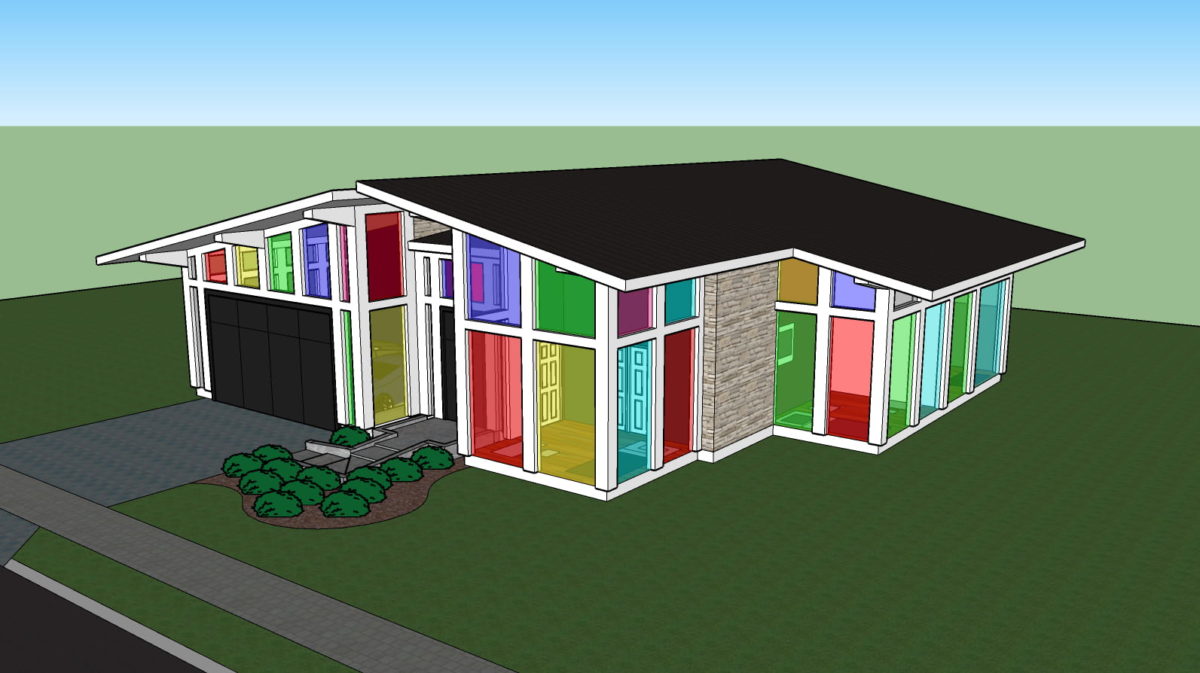Researchers at Rice University in Texas have built a windowpane that can redirect sunlight or illumination from outdoors and indoors to edge-band solar cells.
They fabricated the device with luminescent solar concentrators (LSCs) based on poly(naphthalene‐alt‐vinylene), or PVN, which is a conjugated polymer compound that can absorb and emit red light and, at the same time, absorb light in a range of colors.
“The trick is that, as a waveguide, it accepts light from any direction but restricts how it leaves, concentrating it onto the solar cells that convert it to electricity,” said researcher Yilin Li.
They tested the solar window under outdoor direct sunlight and indoor diffuse light‐emitting diode (LED) light. Their tests showed power conversion efficiencies of up to 2.9% and 3.6%, respectively.
“Even indoors, if you hold up a panel, you can see very strong photoluminescence on the edge,” Li said.
The scientists explained that conjugated polymers may be unstable and degrade quickly. They used a device with improved features, adding that in future applications, they want to develop special polymers for both stability and desired optical properties.
“The polymers can even be printed in patterns in the panels, so they can be turned into artwork,” Li said.
The academics also simulated the energy yield from windowpanes as large as 120 inches square. They found that such panels provide less energy, but still enough to cover some electricity of households.
They presented the LSC technology in “High‐performance hybrid luminescent‐scattering solar concentrators based on a luminescent conjugated polymer,” which was recently published in Polymer International. “This study suggests that high‐performance LSCs can be achieved through luminescent conjugated polymers,” the researchers concluded.
Researchers in the Netherlands recently said the lack of a universal standard is preventing luminescent solar concentrators from being widely adopted, either as photonic devices or for the improvement of PV module performance. This technology can be integrated into finished solar panels with no need to modify their electronic structure, which helps them to collect high-energy photons that they fail to harvest. If applied to PV, LCSs can capture high-energy photons that the photovoltaic panels cannot absorb and then re-emit them as photons of lower energy.
This content is protected by copyright and may not be reused. If you want to cooperate with us and would like to reuse some of our content, please contact: editors@pv-magazine.com.




It well be egood future